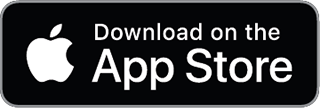Playa Santana surf forecast guide
Playa Santana is a pretty cool surf spot located in Nicaragua, known for its heavy beachbreaks. It's best enjoyed during the warmer months, especially from April to September, when the conditions are more consistent. The area can get crowded, especially during prime surfing times, with both locals and tourists hitting the waves. If you're looking to experience Playa Santana, staying at the Rancho Santana private estate is the most convenient option, otherwise, you’ll need to access the beach through the only road available and park near the hut.
The surf here tends to be pretty fun and consistent. It works best on mid to high tides, especially when SW-SSW swells roll in. The waves can get chest high (around 1 meter) to a few feet overhead (around 2.5 meters). The best swell direction is from the South and West, with favorable conditions when the wind is light to moderate from the Northeast. You'll find some nice wedging peaks that break over sand, offering both left and right waves. The peaks can get packed, particularly at First and Second Peak, so be ready to navigate around other surfers. When the tide fills in, the waves get better, but be aware they can get dumpy during low tides.
For paddling, it’s usually not too bad since it breaks close to shore, but always check the size and consistency before heading out. You'll be riding beachbreak waves that are fun on various board types, including shortboards, funboards, fish, and bodyboards. While the southern end of the beach is generally where the action is, head north if you want to escape the crowds, though the peaks may not have the same energy. Just keep an eye on the season; late October may bring some heavy onshore winds and rain. Overall, Playa Santana has a lot to offer for intermediate surfers looking for varied conditions, just be ready for some competitive vibes in the lineup.

